According to the 2018 Henley Passport Index, Japan currently possesses the most strong passport on the planet, allowing visa-free travel to more countries than Singapore and Germany. It permits you to travel to 190 countries without a visa or with a visa on arrival.
What types of Japanese passports are there?
For your convenience, Japan offers a variety of passports. Ordinary passports are valid for 5 or 10 years, official passports are valid for public servants and members of the National Diet, diplomatic passports are valid for members of the Imperial family, government officials, and diplomats, emergency passports are valid for urgent overseas travel by Japanese nationals, and a travel document is valid for return to Japan. Each passport kind serves a distinct purpose, but they are all united by the same goal.
What are the advantages and disadvantages of possessing Japanese passports?
The following are some of the advantages of having a Japanese passport:
Access to public transportation is free if you are holding Japanese passports.
In terms of international travel, Japan has a very good passport. It has visa-free entry to 189 countries, which means that if you move or go to multiple countries, you won’t have to deal with a lot of paperwork. Also, as a single document acting as a broad and formal proof of a person’s identification, a Japanese passport is particularly useful in trade for business people.
When going to the EU and US states, as well as China, some specific nations (Brunei, Singapore, and San Marino) provide not only visa-free access but also electronic travel authorization. This means that a Japanese passport holder can register ahead of time, saving both time and energy. This opportunity not only makes traveling more convenient, but it also makes it more accessible.
Taxes
Tax residents are those who have lived in Japan for at least one year and have a “jusho” (permanent place of residence) or a “kyosho” (temporary place of abode). During a 10-year period, an individual who has lived in Japan for 5 years or less, whether continuously or not, is not considered a tax resident.
Non-residents are only taxed on their income earned in Japan, while tax residents are taxed on their worldwide income.
NISA (Nippon Individual Savings Account) was created in 2014 by the Japanese government as a new tax exemption program for small deposits by people, modeled after the UK’s Individual Savings Accounts. Simply put, money received through the stock and mutual fund investments in a NISA account can be deducted from taxable income, with a maximum amount of 1.2 million JPY per NISA account each year.
To put it another way, if you purchase shares through a NISA account, all dividends you receive are tax-free.
The following are some of the disadvantages of having a Japanese passport:
Dual citizenship isn’t supported by Japanese passports.
You may be aware that the United States accepts dual citizenship; however, this is contingent on the other country accepting dual citizenship as well. Dual citizenship is not permitted in Japan, therefore you cannot have both US and Japanese citizenship3.
If you were born in the United States to Japanese parents and thus have automatic US citizenship, you’ll have to choose between recognizing your Japanese nationality and keeping your US citizenship before the age of 22. If you are a Japanese citizen who wishes to become a US citizen, you must formally renounce your Japanese citizenship by informing your local Japanese embassy of your new status.
How to take a Japanese passport photo in a second?
The Passport Photo Maker from Cutout.pro assists companies and individuals in creating passport and visa images that meet the most recent official criteria. Even at home you can take a portrait image and transform it into a 100% compatible ID picture in seconds thanks to its AI algorithm, which was trained to recognize biometric traits. It’s totally free to use for small-size results. Let me show you the steps needed to create a Japanese passport photo online:
- Upload your portrait photo.
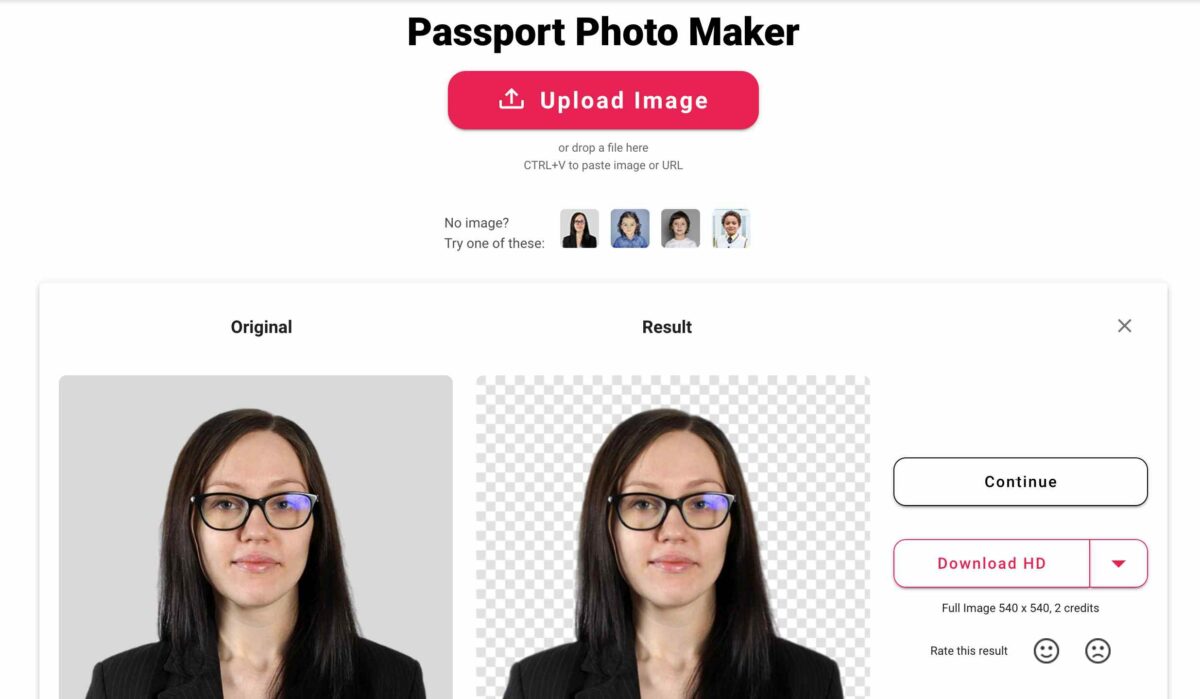
- Choose a Japanese passport size 45mm x 35mm
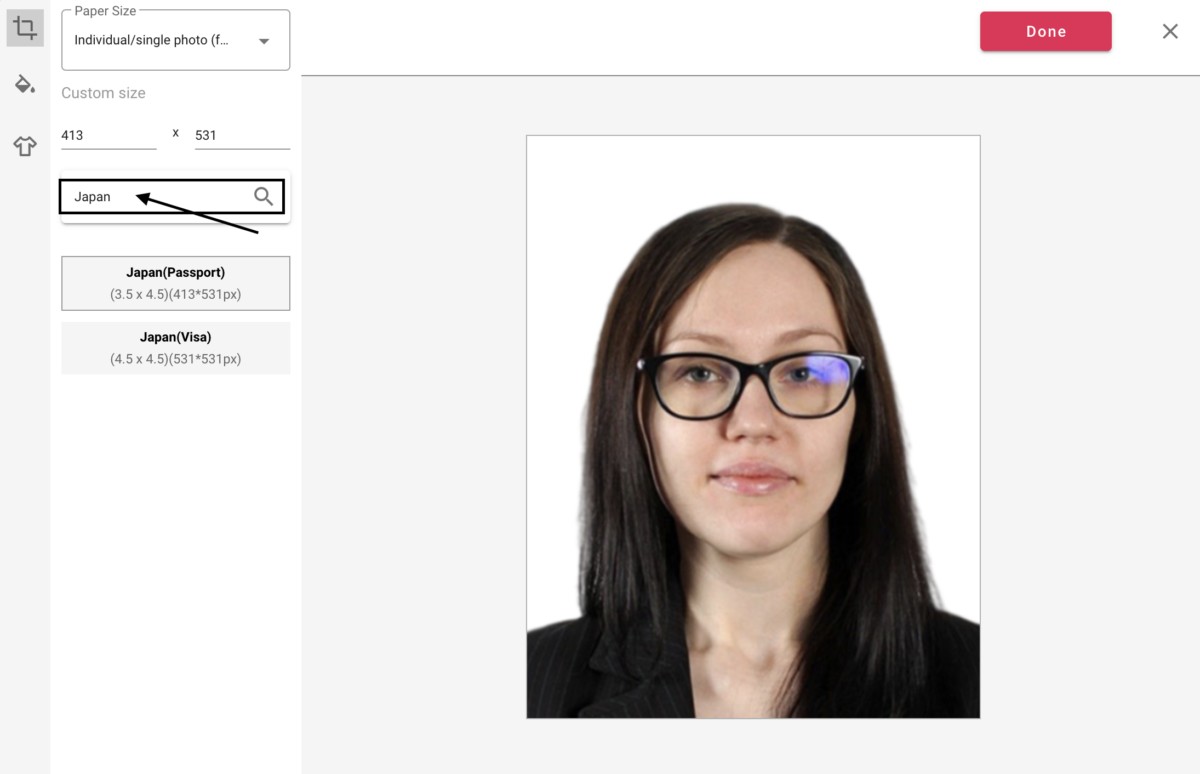
- Change the background of your ID photo based on the official requirements ( white)
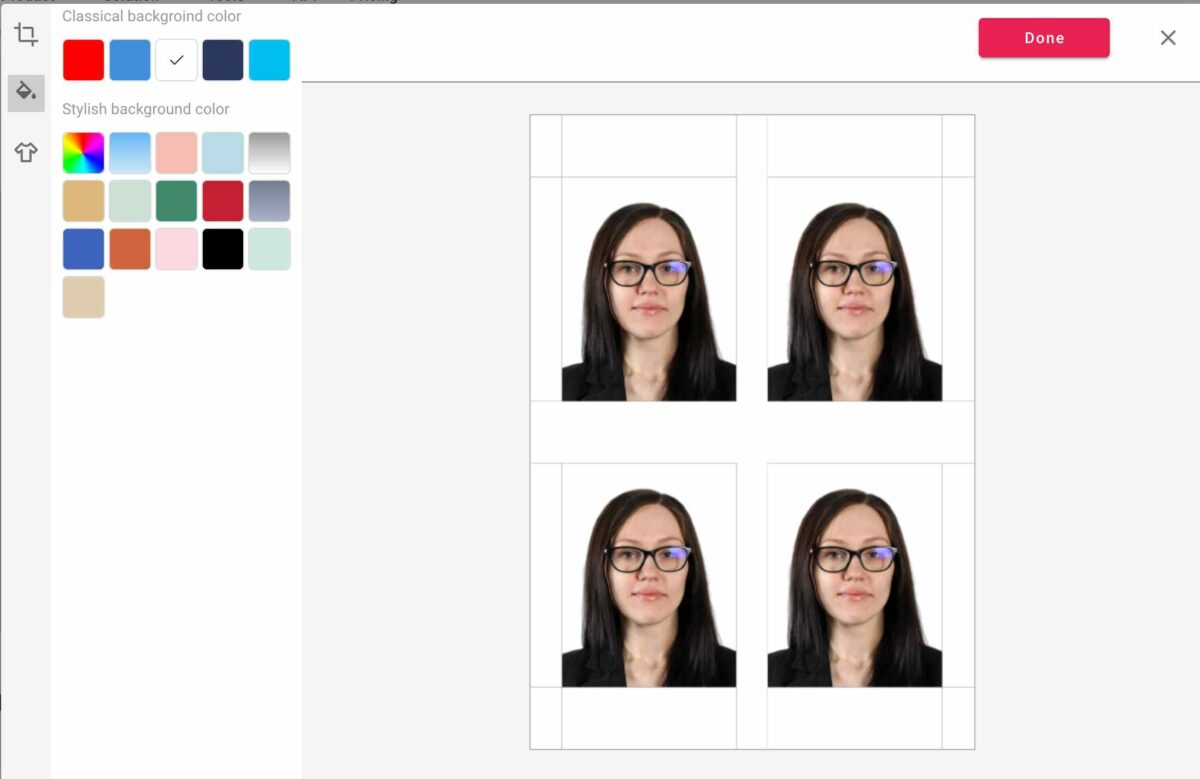
- Change outfit if you need and save results.
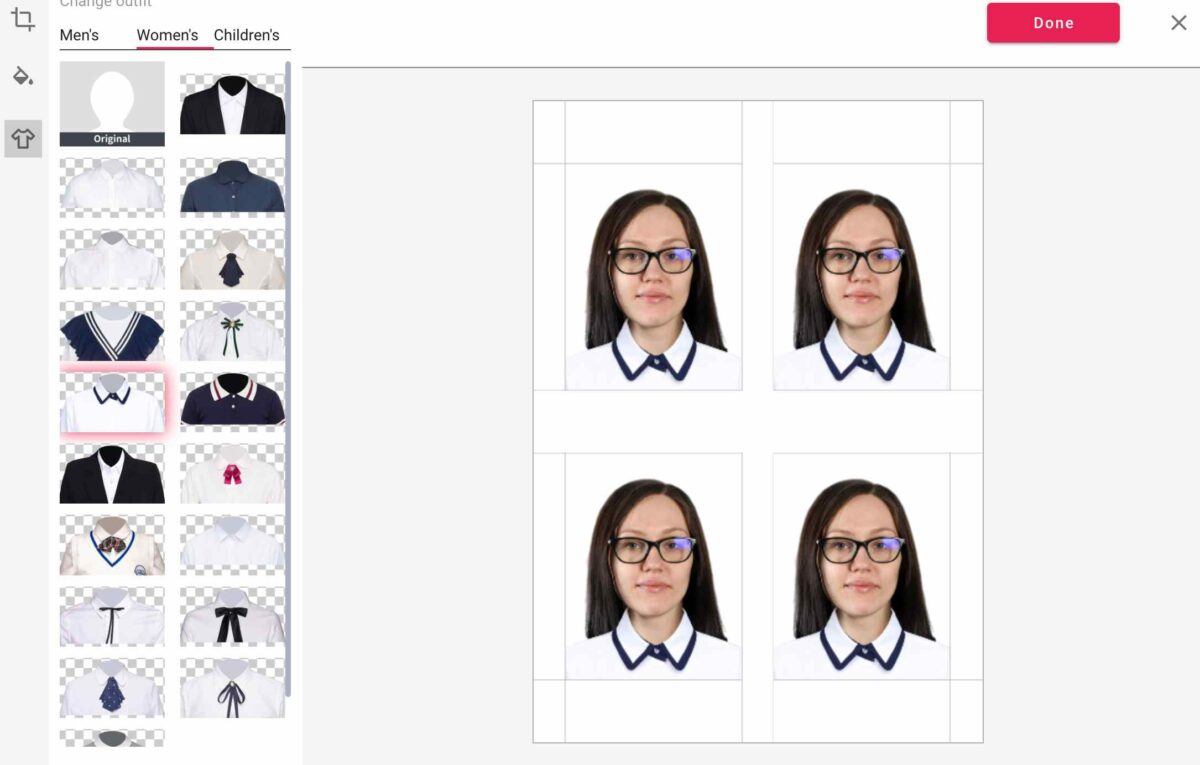
- Choose a printing paper size if you print it using a home printer.
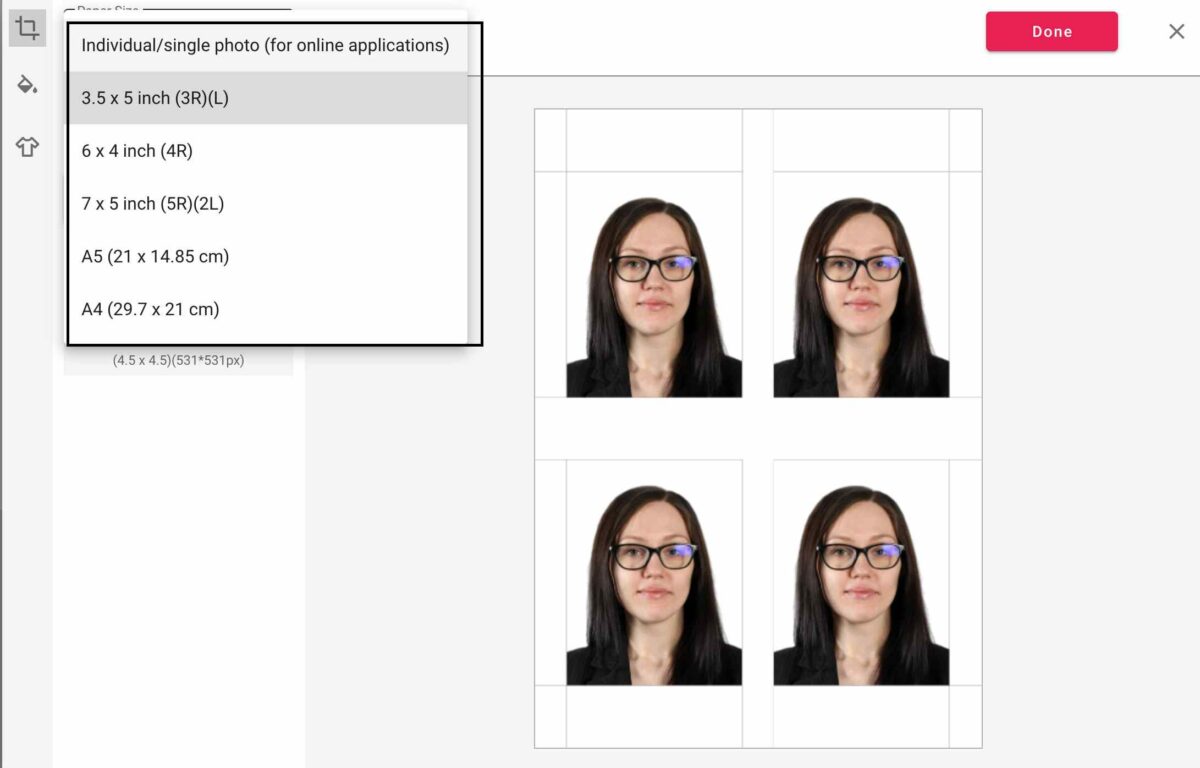
- Download the result as PNG or JPG and make sure the dimension is 600 dpi minimum.
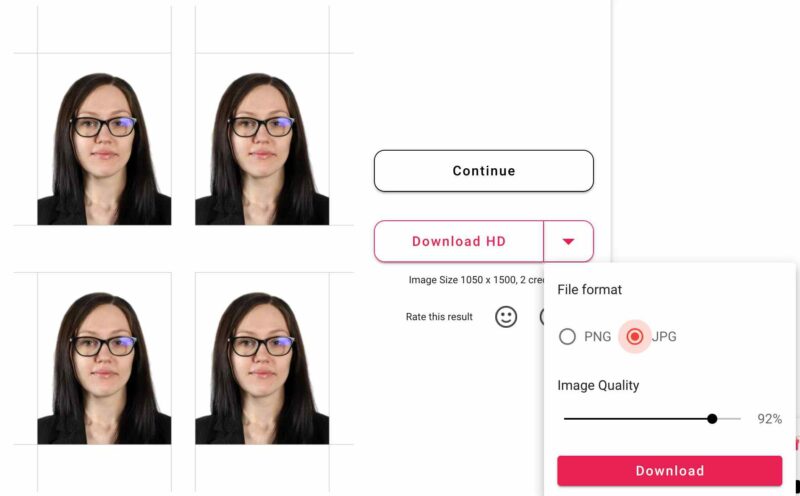
- Sell Photo Prints Online: 5 Tips Help You Win the Game
- Cutout.pro x Teeinblue – Partnership Announcement
- (2) Top 8 AI Outpainting Tools: What Will Be Outside the Picture Frame?
- (1) What is the Outpainting Feature of AI Art Generation: Past, Present, and Future
- Transform Sketches into HD Anime Room Wallpaper: A Simple Guide Using a Tool (Free, 4K)